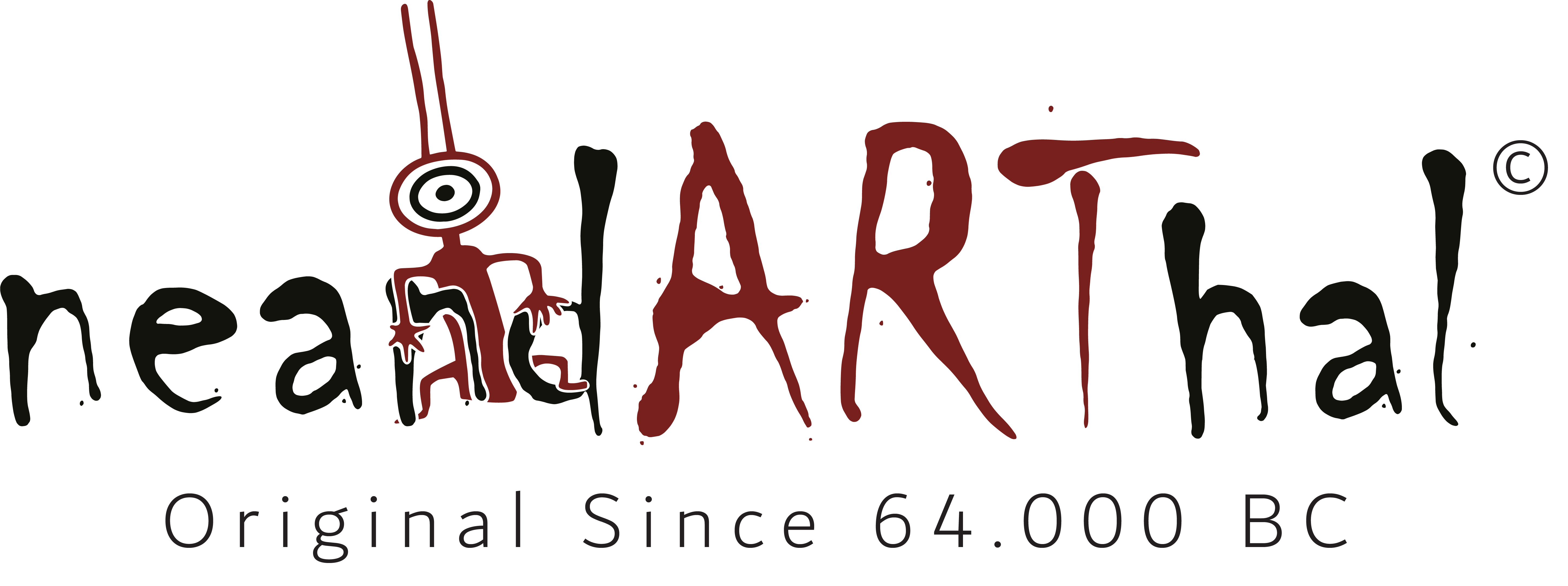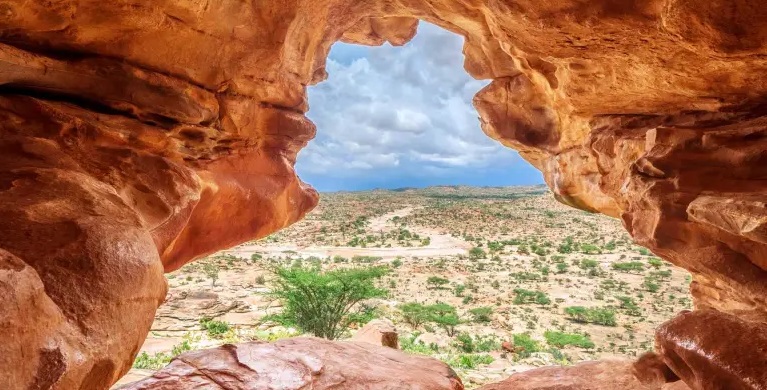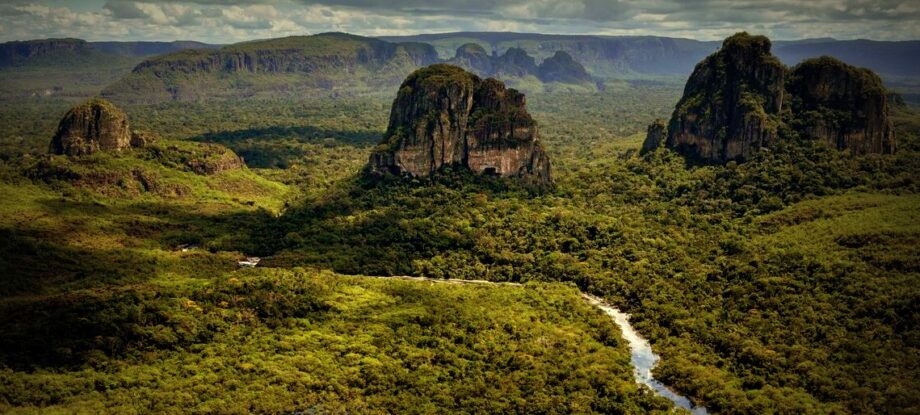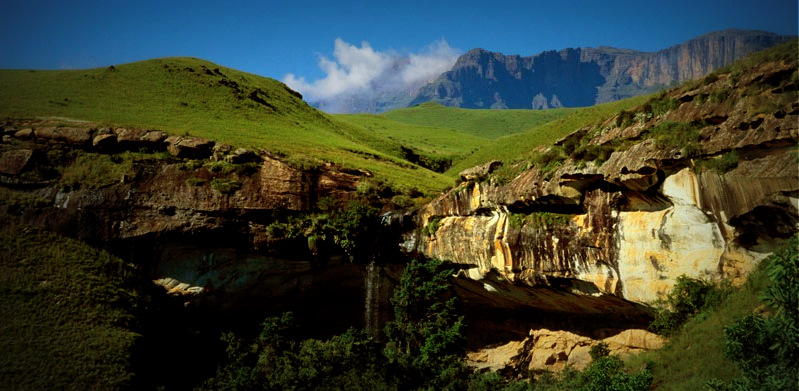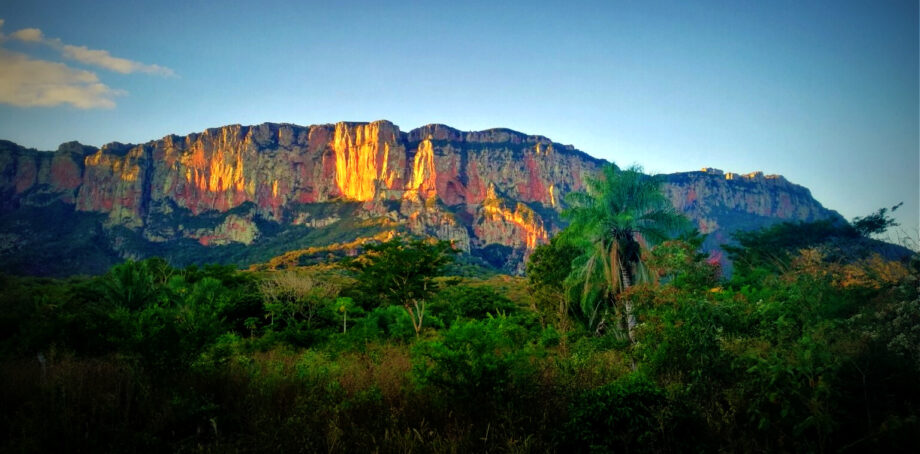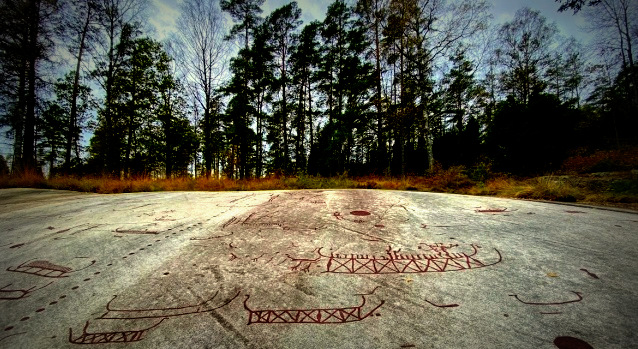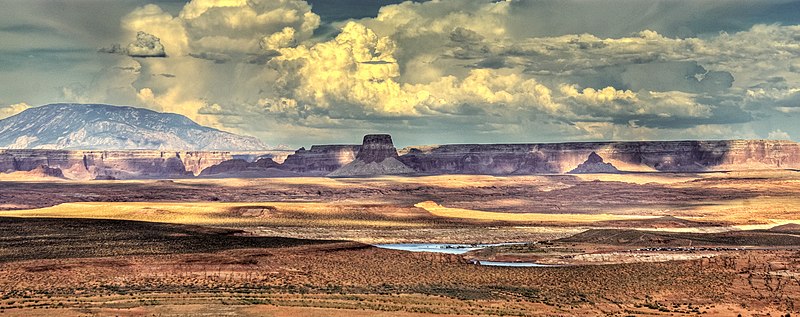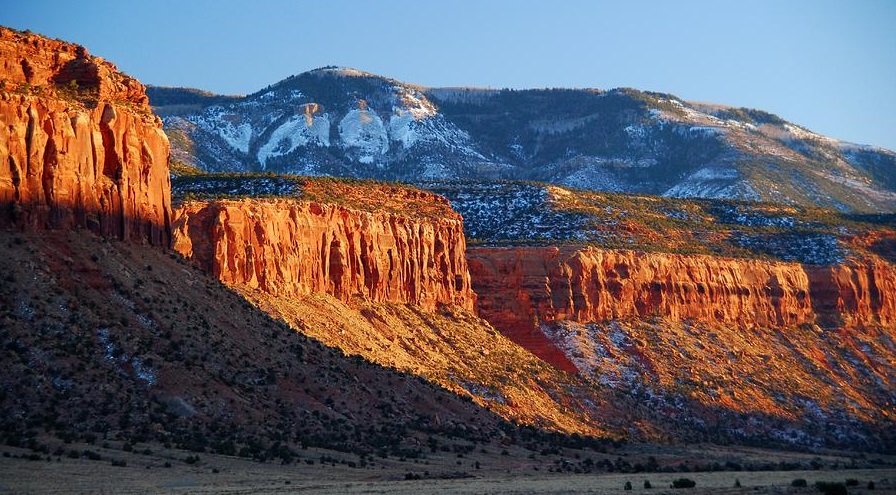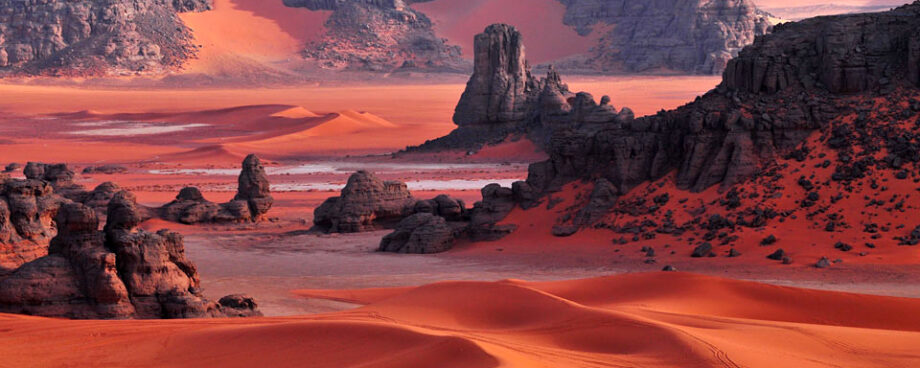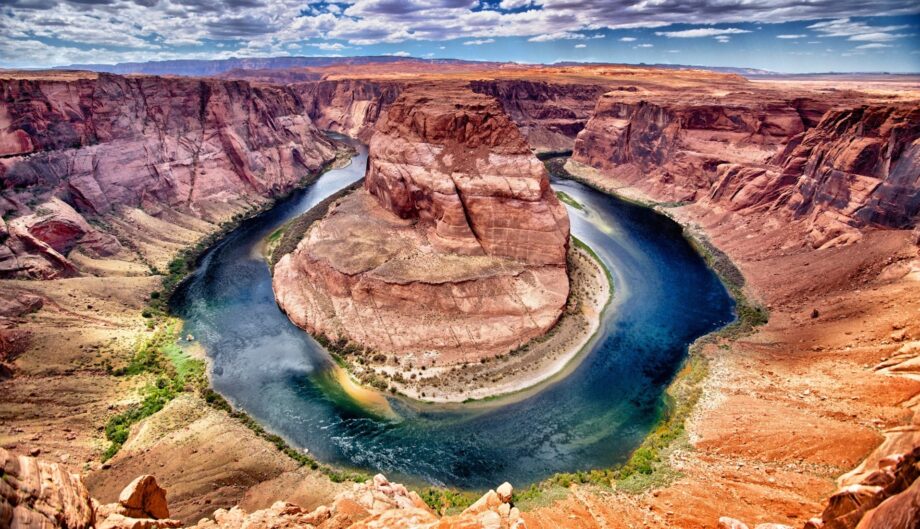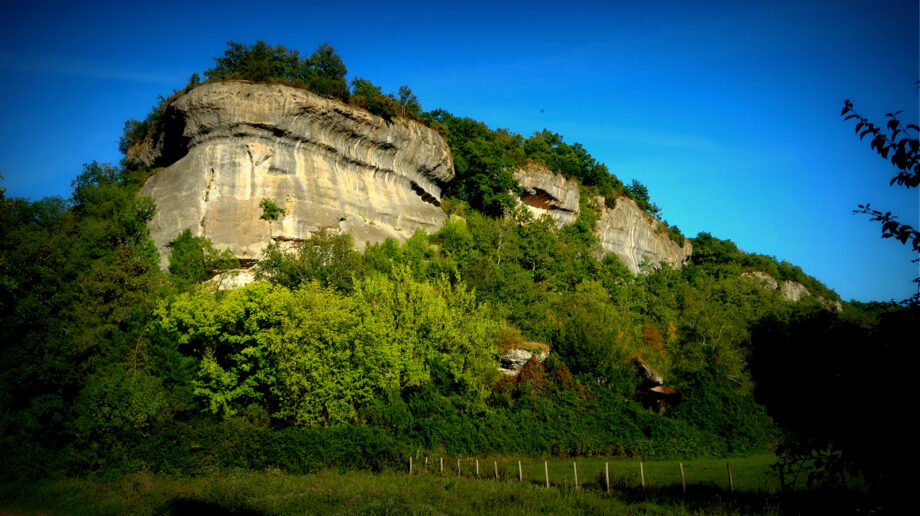Laas Geel, one of the most important rock art sites in the region, is located in the north-western part of the Horn of Africa, in Somaliland, in the road that links Hargeisa and Berbera.
The site is placed on a granite outcrop that rises from a plateau at an altitude of 950 meters above sea level, at the confluence of two seasonal rivers, a key fact to explain the existence of rock art in the outcrop.
According to scientists at Asian-Australasian Journal of Animal Sciences they were made between 18,000 and 3,000 BC and they depict wild animals and decorated cattle like long horned cows and bulls. They also feature herders, who are believed to be the creators of the paintings.
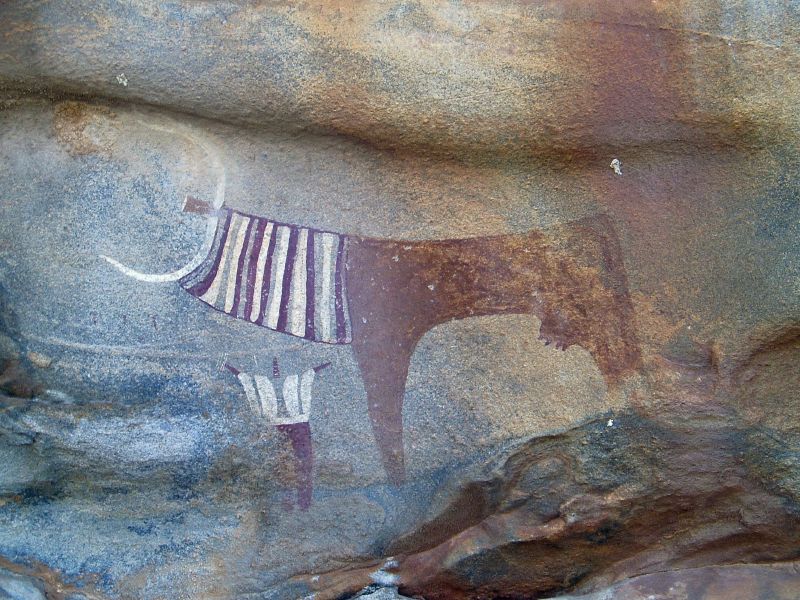
Photo: Wikimedia Commons
Discovery of the caves
The site was discovered in 2002 by a French team led by Xavier Gutherz which studied the beginning of Pastoralism in the Horn of Africa. Along with the paintings, lithic tools were found scattered throughout the site, and tombs marked with stelae and mounds can be seen in the neighbourhood. The paintings are distributed along 20 rock shelters, the biggest being around 10 meters long.
Most of them correspond to hump less cows with curved or lyre-like white horns (sometimes with reddish tips) and marked udders. Paintings are enormously colourful, including red, white, black, violet, brown and yellow both isolated and combined. However, the most distinctive feature of these cows is their necks, depicted rectangular, abnormally wide and either blank or infilled with red and white stripes, either straight or wavy. These strange necks have been interpreted as mats hanging from the actual neck, in what could be interpreted as a ceremonial ornament.
Laas Geel is a marvellous example of the potential of African rock art still waiting to be discovered and studied. Not only the quality of the images depicted is astonishing, but the archaeological data associated with the site and the landscape itself help to reconstruct a key episode in human history elsewhere: the moment in which animals started to be domesticated. The strong symbolism which surrounds the figures of cows and humans is a permanent testimony of the reverence these communities paid to the animals that provided their sustenance.
Video presentation – Rare Earth Laas Geel
The Rare Earth video showcases the stunning cave art found in Laas Geel. This ancient artwork is a true masterpiece, captivating audiences with its beautiful and mesmerizing scenes. The video brings to life the breathtaking beauty of this ancient art form, providing a unique perspective on one of the world’s most fascinating cultural treasures. Whether you’re an art enthusiast or simply appreciate the beauty of the past, the Rare Earth video is a an experience.
